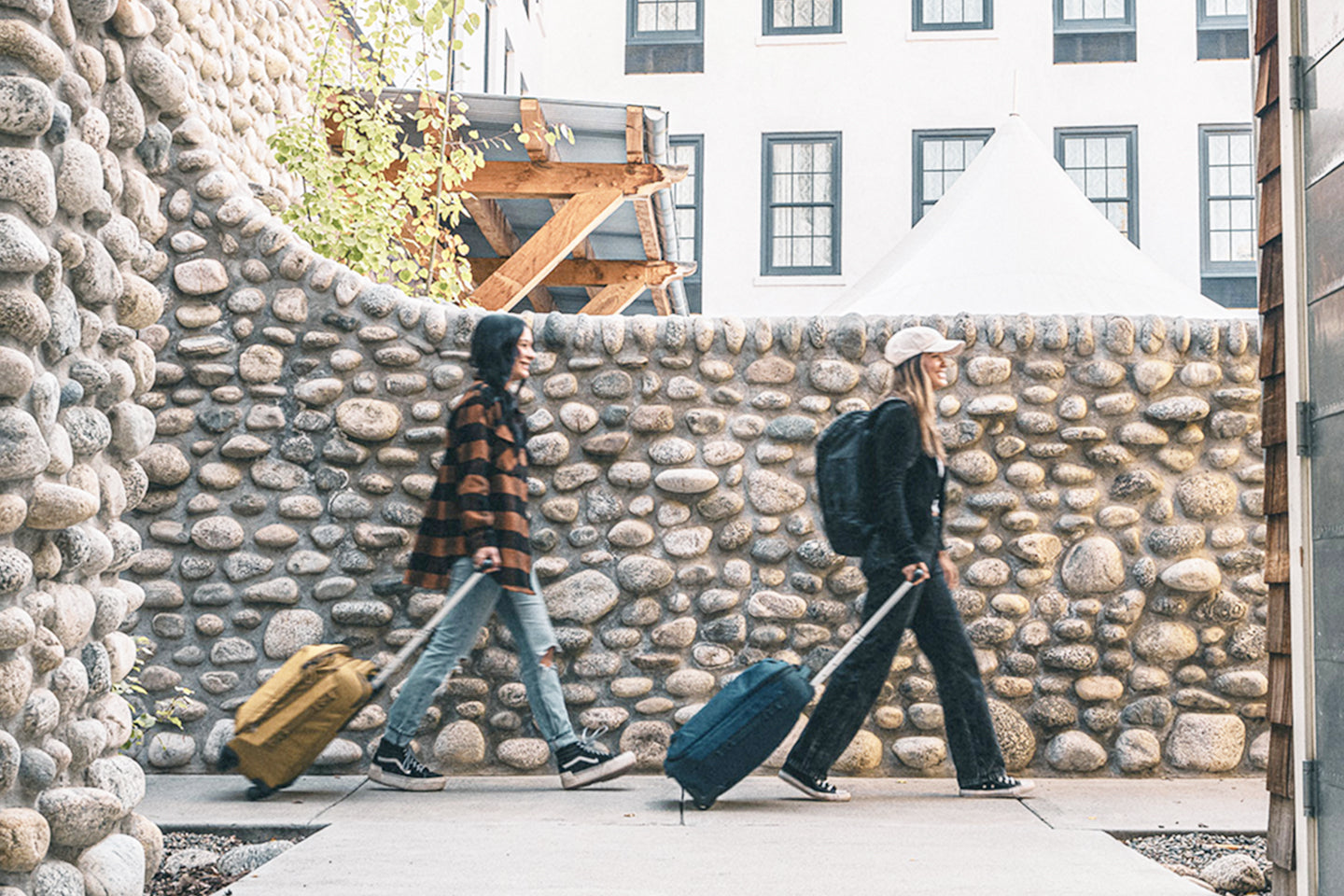
The Chinese Lunar New Year is a major worldwide celebration, and whether you’re joining a celebration close to home or if you’re on the road, you should know some basic etiquette guidelines. Discover the most notable traditions, cultural fails, and the best places on earth to see flying dragons, red lanterns, and tremendous firework displays.
The Lunar New Year, also known as Chinese New Year, is celebrated far beyond the borders of China. The Chinese diaspora all around the world welcome in the New Year together, as do celebrants in a variety of cultures that also time their calendars to the lunar cycle (Vietnam, Japan, and Korea, to name a few). The celebrations take place annually between January 21st and February 20th—the date varies based on the dates of the new moon.
This celebration is also called the Spring Festival, as seasons are figured a bit differently than in Western reckoning: Chinese Spring begins on February 4th each year, and it’s considered the first season of the solar calendar. Each new year begins an animal’s year, which is on a 12-year cycle. You probably know your Chinese zodiac sign, right? Well, 2020 is the year of the rat!
Dates for Chinese New Year
● 2020: The New Year falls on January 25th (Year of the Rat).
● 2021: The New Year falls on February 12th (Year of the Ox).
● 2022: The New Year falls on February 1st (Year of the Tiger).
Let’s dive into the best places to indulge in Lunar New Year celebrations, and the traditions and you should consider for your best culture smarts and etiquette when celebrating Lunar New Year.
Where to Celebrate
If you’re in China, head to the capital as the temples across Beijing feature lively festivals and colorful celebrations. Most Southeast Asian nations also have their own Chinese New Year traditions, all of which boast something special due to their unique heritage.
In Singapore, for instance, the largest street parade takes place each year—it includes dancing dragons, trained acrobats, samba dancing, and stilt walkers. Head to Chinatown for respectful Chinese celebrations, including laying a gift at the altar and saying prayers.
If you’re in the United States, New York City is the place to be, with no less than three separate parades and the traditional 15 days of parties and celebrations. Naturally, NYC’s Chinatown Lunar New Year Parade and Festival is the biggest spectacle, including giant lanterns, elaborate floats, marching bands, acrobats and more.
Other than being the City of Lights, Paris is another fantastic destination to celebrate the Chinese New Year. The massive population of French-Chinese citizens string red lanterns up all around the city, giving “The City of Lights” a whole new meaning. Head to the 13th District to discover two small Buddhist temples where you can pray for New Year blessings and light a candle.
Chinese Traditions to Know
The color red is very important. It’s pretty easy to pick out what you should wear to a Chinese New Year celebration: clothe yourself in red, the color of luck and happiness! You can even bring this fortunate color with you in a lively, red-colored Gear Warrior.
Gifting money in even amounts is lucky! You’ve probably heard of red envelopes, which are given from oldest to youngest, superior to employee, and teacher to student. These envelopes, which may be gilded and decorated with lovely thematic imagery, are stuffed with “lucky money” in even amounts ranging from a couple of yen, yuan, or dollars to very generous amounts indeed! Bring some extra cash discreetly in a money belt, since theft during New Year celebrations is considered especially unlucky!
New Years fireworks are loud and lively. As is the case with the Western New Year, tons of fireworks ignite just after 12:00 midnight at the start of the New Year. This is thought to scare away evil spirits.
Keep things clean and tidy. Right before the evening celebrations, Chinese households do some intense winter cleaning. The mindset is that washing away the old leaves room for new luck and harmony to come in with the fresh year. After the house is clean, traditional decorations go up. These include lanterns, door gods, paper cuttings, and new paint. All, of course, are done in scarlet!
Behaviors & Actions to Avoid
Asian families can be superstitious, so to understand the right etiquette for Chinese New Year, it’s important to know what not to do if you are a houseguest during the New Year.
Avoid black clothes. When you’re packing for your trip, leave any black or white clothes at home—these are considered colors of mourning, and therefore, bad luck.
Shower the day before the celebrations begin. You shouldn’t wash your hair or shower for the first day of the new year—it’s believed that this will wash your good luck away. (Throw a travel-sized dry shampoo in your Fire Red packing cube to keep yourself looking fresh!)
Prepare to hunker down inside. In a similar vein to the showering, floors in your home should not be swept nor the trash taken out, lest you carry good luck with you out of the house. Some particularly traditional celebrants (usually of an older generation) will refuse to leave the house or let anyone in during the first day of the New Year, lest luck be let out or bad luck be tracked in.
Now you know all you need to understand about Chinese New Year as a culture-smart traveler. Heading to Asia for the holiday? These are five life-changing hikes you shouldn’t miss.
Related Links (from the Eagle Creek blog):
How to Pack for Southeast Asia: The 5 Step Solution







































